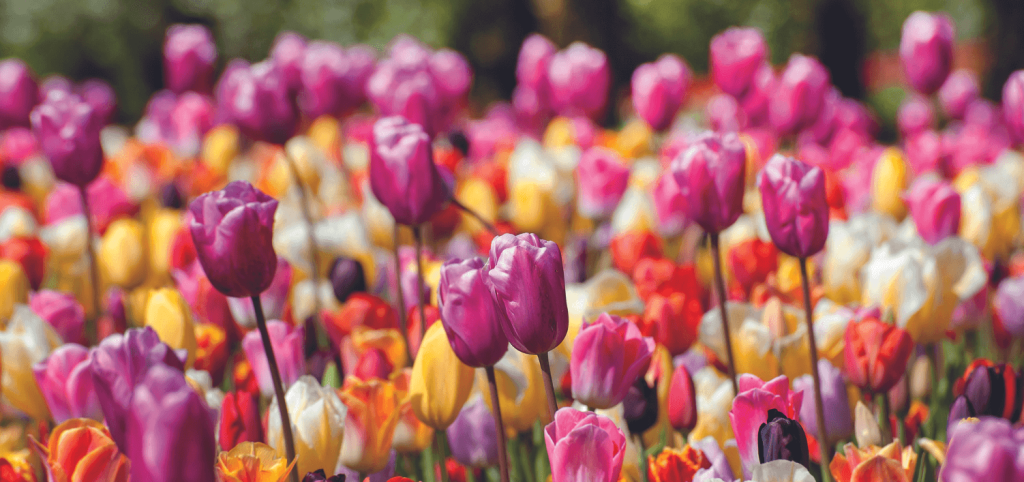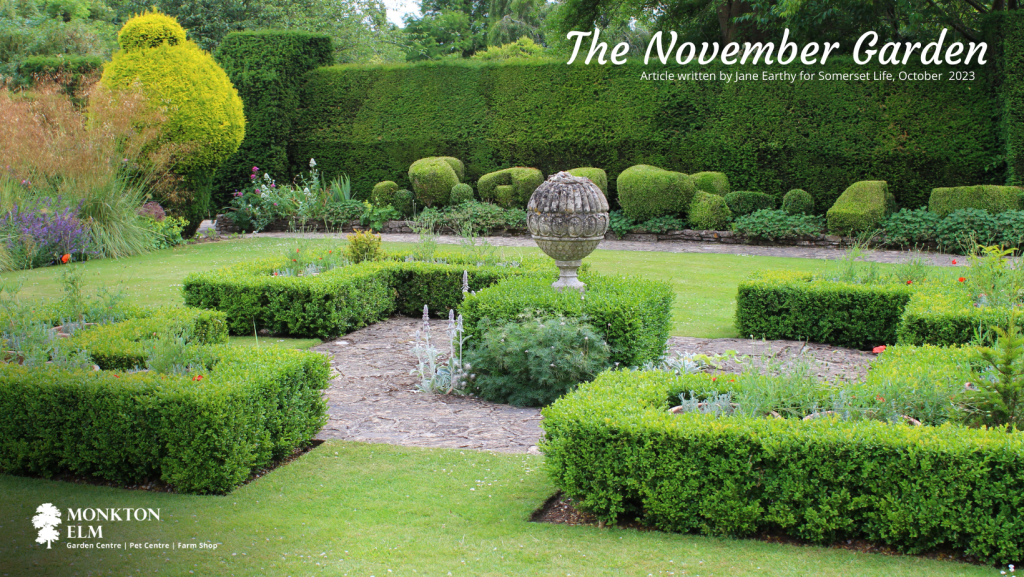November is a quiet time in the garden; perhaps clearing the veg patch or tidying the borders may be on your calendar but otherwise it’s all ticking along by itself, or asleep. Structure in garden design really comes into its own now and by this, I mean hard landscaping such as paths and walls but also in plants.
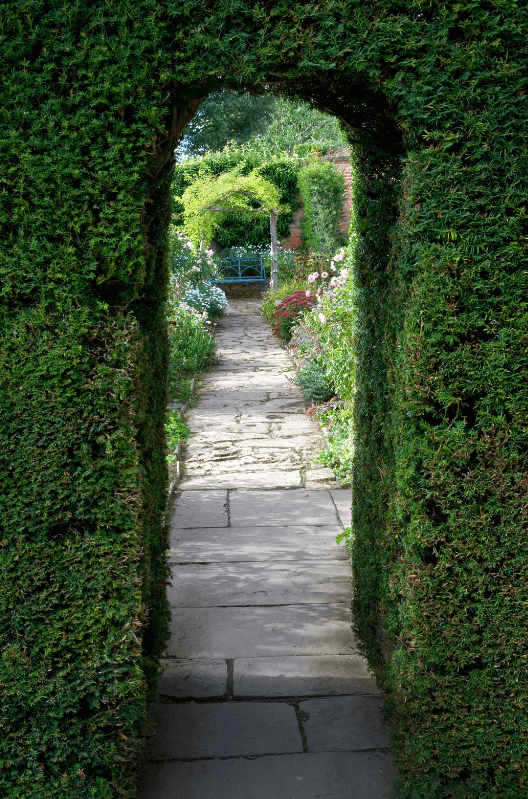
Using evergreens creates a visual story throughout the garden whilst offering the framework to further develop a planting scheme for year-round interest. Formal schemes such as knot gardens rely on shaped evergreens – sometimes little else – but it’s a good idea to mix things up a little and incorporate them at a rate of around a tenth of the total plants to avoid the garden becoming too static. When choosing evergreen plants, it’s important to realise that many of them aren’t plain green and a mix of foliage colours creates movement and visual impact.
For instance, the soft silvery leaves of Stachys byzantina (Lamb’s ears) are used to great effect along border edges in Gertrude Jekyll’s world-renowned planting at Hestercombe. The variegated leaves of Hollies such as ‘Golden King’ and ‘Silver Queen’ lend interest to topiary shapes, especially ‘lollipops’.
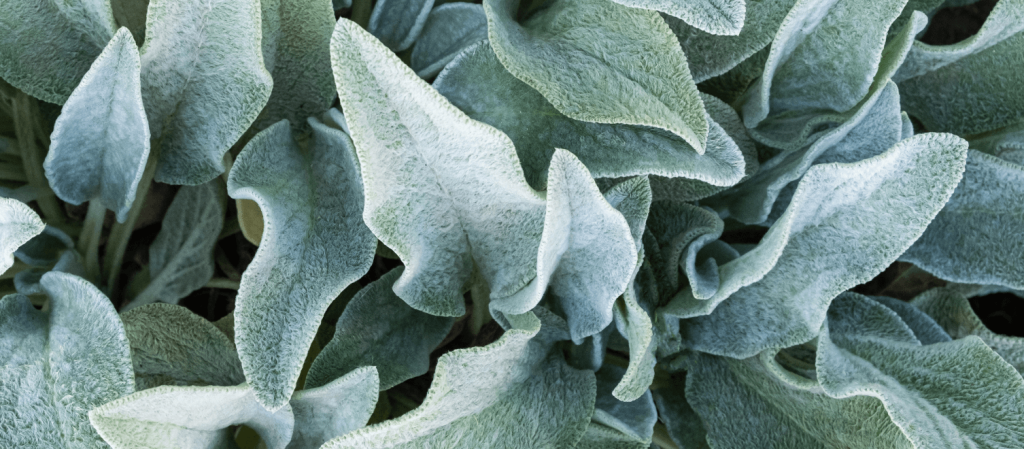
Buxus, or box, is being used less and less now, because it is being decimated by blight or, as we have seen extensively this year, by the voracious caterpillars of box moth. Luckily there are alternatives such as euonymus, Japanese holly, and small leaved privet.
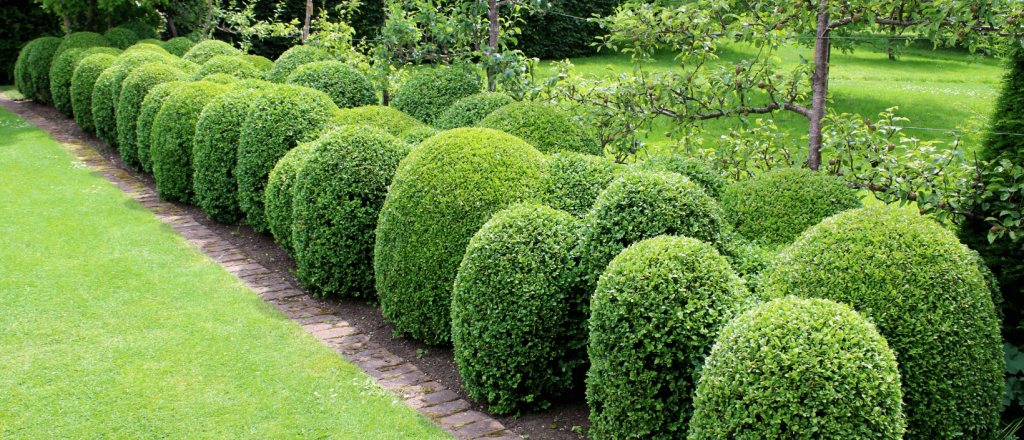
I use box as low balls along the border, which gives rhythm and as ‘full stops’ at the end of paths, and although the low hedges of the knot garden have been ravaged and will go (I’m trying to see it as an opportunity, not a complete disaster…) so far larger plants are ok. Another evergreen I use is Osmanthus heterophyllus ‘variegatus’ or the Holly Osmanthus. Slow growing and easy going, it makes a fine bush over time and has scented flowers too.
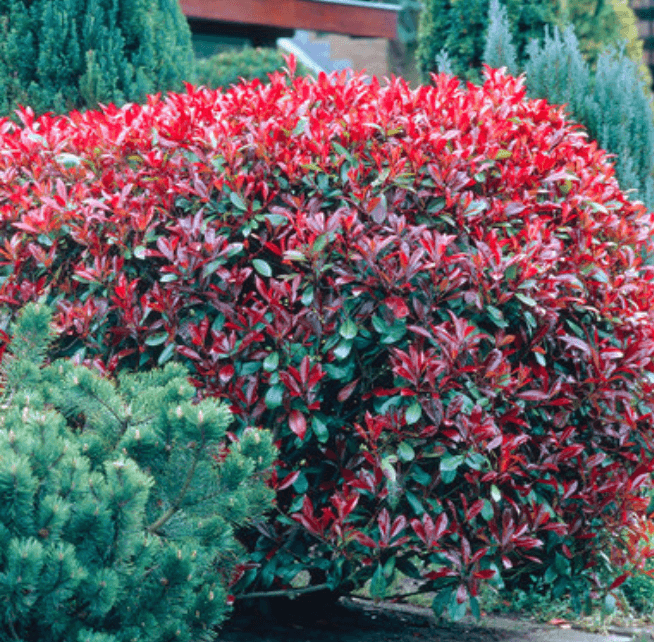
For a blaze of colour in spring, Photinia is hard to beat. The fresh foliage is bright red, especially on the variety ‘Carre Rouge’ which has the advantage of colouring up several times over the summer, and it is less vigorous than the popular ‘Red Robin’, reaching approximately 2.5m tall. Another easy care and versatile evergreen it can cope with heavy soil and semi shade.
Personally, I love English Yew (Taxus baccata) and use it as a high formal hedge. The dark green foliage is a backdrop for other more colourful evergreens during winter and in summer, it shows off the flowers of herbaceous perennials and roses to perfection. It is fairly slow growing so wasn’t ‘instant’ but it was worth the wait!
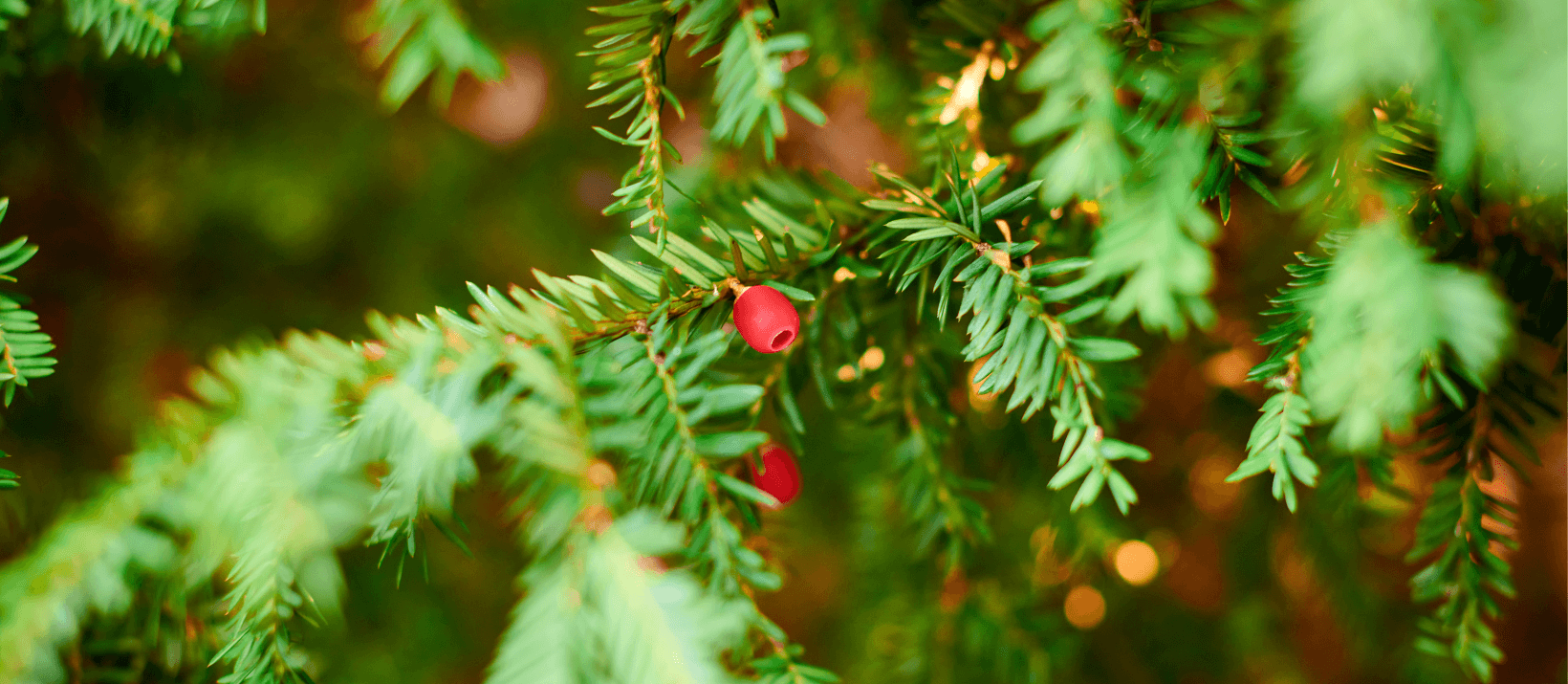
Jobs in the Garden for November:
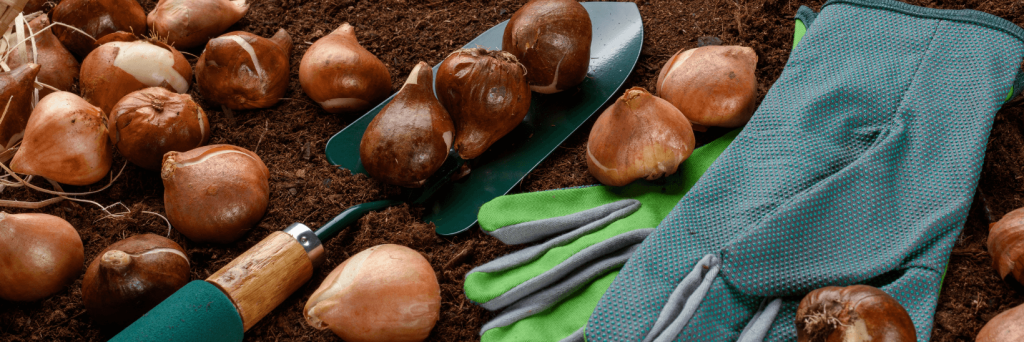
• Now is the time to plant tulips. Late planting helps prevent infection by Tulip Fire, an incurable fungal disease.
• Lift Dahlia tubers and store dry overwinter.
• Divide rhubarb, replanting the healthiest parts in fresh soil.
• Plant garlic a couple of inches deep about 10-15 cm apart. The winter cold helps the bulb split into separate cloves.
• Regularly clear fallen leaves from the lawn, and save them in a heap to make leafmould, an excellent soil improver. Ponds should be netted by now, to prevent leaves from falling into them.
• Clean out your greenhouse with a proprietary greenhouse cleaner, allow to dry then insulate the inside with sheets of bubble wrap to reduce heat loss.
• If the weather isn’t too cold, plants can be moved, especially dormant ones like trees and roses.
• Enjoy looking through next year’s seed and plant catalogues for inspiration!
